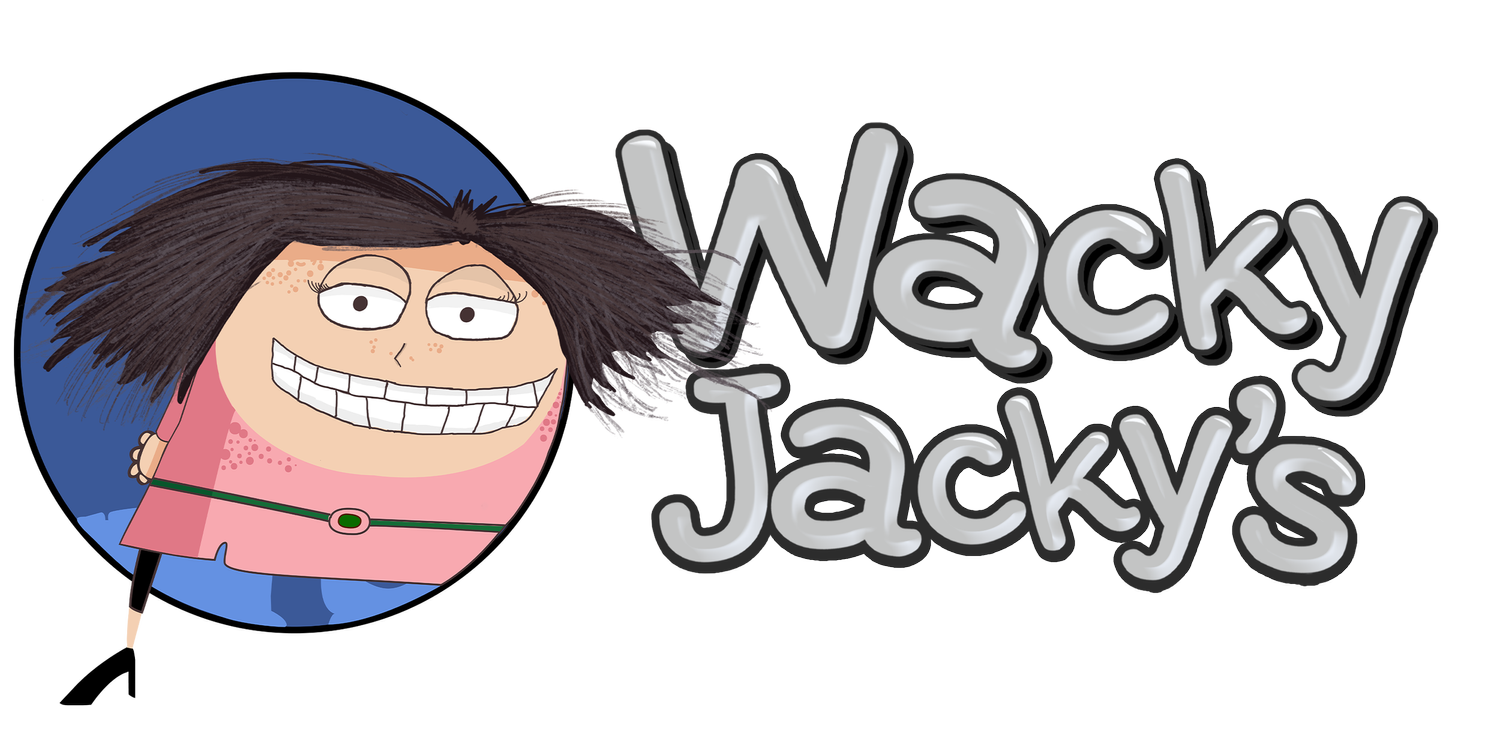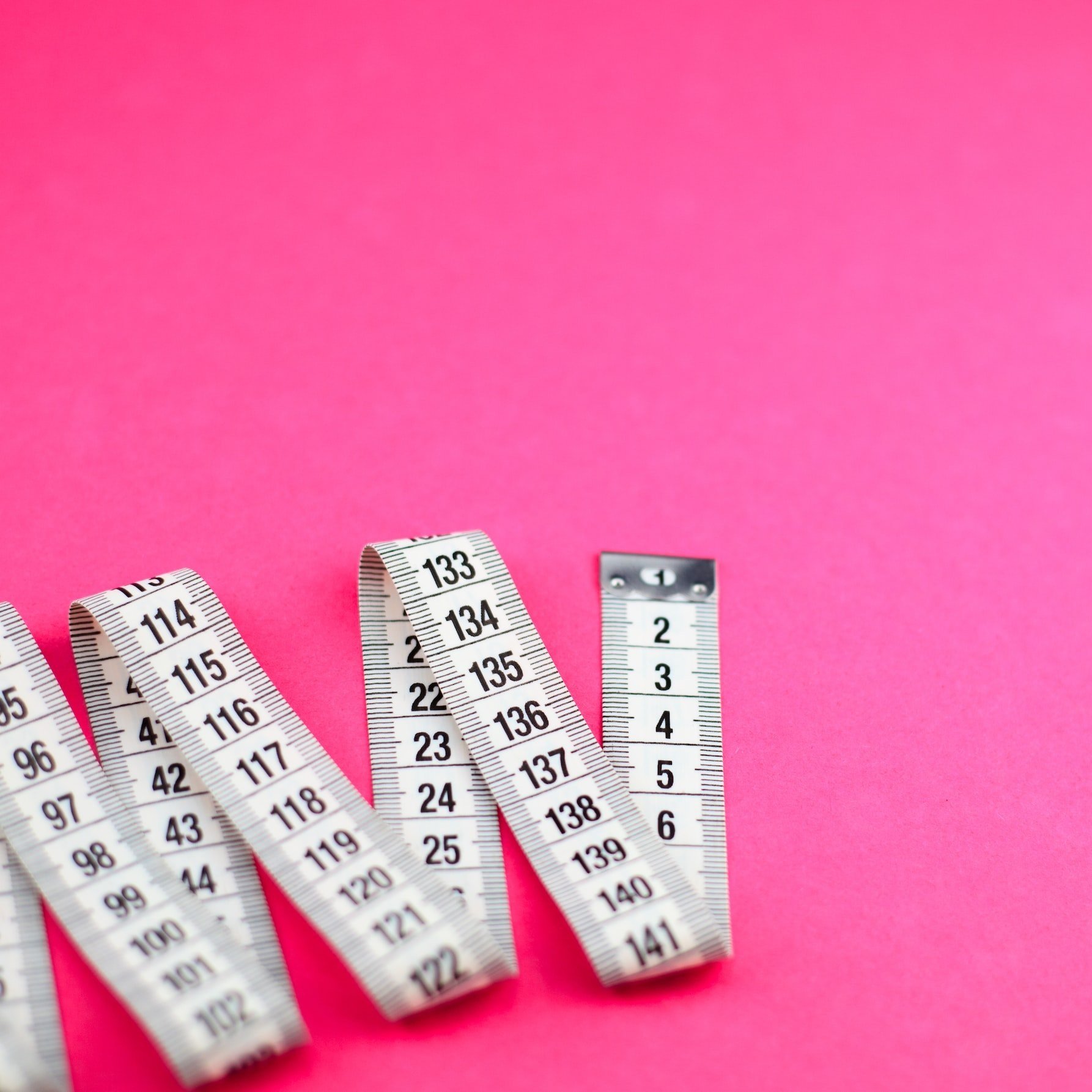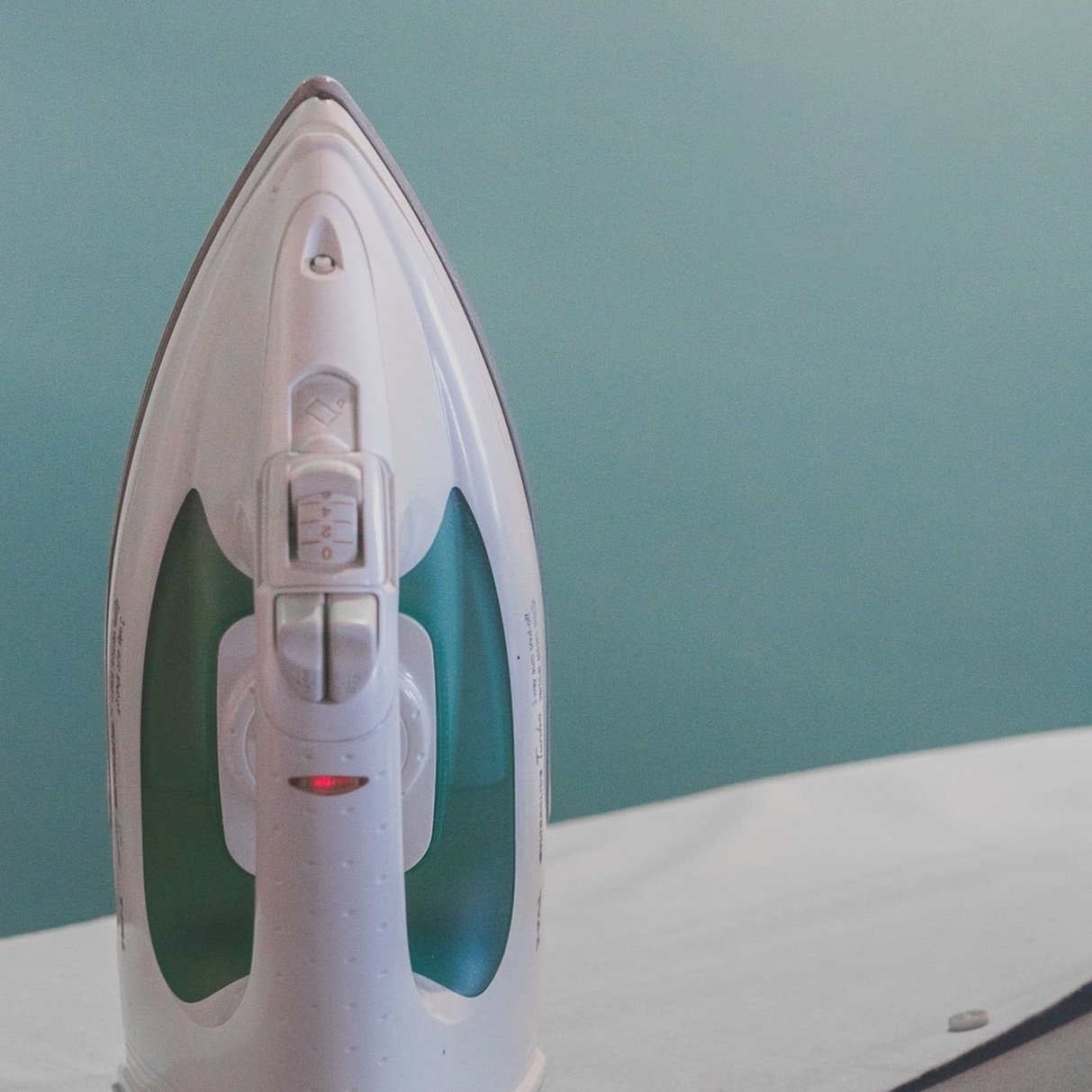Quilting Guide for Beginners
Some people prefer meditation, but I believe the best way to find therapy is through quilting.
There is something truly special about sleeping under a quilt you made yourself. The process is rewarding yet challenging, and you can learn it with a little bit of practice and a splash of creativity. The unique art of quilting entails joining layers of fabric together to create a fabric quilt that has different patterns of textiles.
As a quilter for more than 20 years, I have made a lot of rewarding mistakes as quilting is rather a complex craft. Why did I call it a rewarding mistake? From those mistakes, I learned and remembered the techniques better, so I created a myriad of beautiful quilt projects.
There are endless quilt projects to choose from, and it is critical for you to find the one that suits your current skill set. From a small piece of baby quilting to much more complicated patterns, there is a quilt project out there for everyone!
This article will help beginners out there to discover their skills, optimise them for the current quilt project, and eventually help them enhance their skills. Let’s find out about it together!
Getting to know quilting
Quilting is an age-old craft that has been passed down for generations. The word "quilt" itself is derived from the Latin word "culcita," which means "a cushion or padding."
The earliest quilting projects date back to Egypt in the first century AD. It then spread throughout Europe, where quilts were popular among the wealthy in 17th century England as blankets and warm clothing.
Essentially, quilting is the process of securing three layers of fabric together, normally done by hand or sewing machines. Most quilts contain three layers, which eventually form a quilt sandwich:
The top layer is the quilt top, usually made of a single piece of textile or from a patchwork of smaller pieces of textiles.
The middle layer is the batting for insulation, which is normally made from cotton, wool, or polyester. We all know this as the wadding.
The bottom layer is the quilt backing, which wraps the insulation with a single piece of fabric.
While quilting can seem daunting at first, with the right tools on hand, it is really not that difficult!
Here are a few things you will need when you are ready to begin your first quilt!
The essentials for beginners
Sewing machine
It is true that you can quilt by hand with a needle and a thread, but sewing machines are time-effective. The price points for sewing machines vary, but it is essential for a quilting sewing machine to be able to sew a straight seam, handle multiple layers of fabric, and have a walking foot attachment.
Remember that it does not have to be fancy; the basics will do!
Fabric
The shades of faded blue and purple combined with cute little dots of yellow creates an overall comforting and mellow batik block.
The purple batik is a unique one with both warm and playful ambience.
The batik reminds me of the Barbie doll! Perfect contrasting piece for your quilt.
Measuring tape
In any textile project, measuring tapes are critical for accurate measurements and to ensure that your seams and cuttings look professional.
It is also exceptionally helpful when the fabric you are working on is out of size and you need to cut it into patches suitable for the entire project.
Pins and needles
No, we are not talking about the prickling, tingling, and numbing feeling on your skin after you sit on your feet for a few minutes.
We are talking about the real pins and needles used in textile projects, which are necessary to secure fabric together or even on appliqué designs. Pick smaller pins to create a quilting sandwich.
You can also get pronged pins for your sashing purposes.
Rotary Cutter and Scissors
You know what to do with your scissors, and that cutting experience can be made extra easy with the rotary cutter!
The ruler helps guide you to cut your fabric accurately with your rotary cutter and then you can use the chalk to mark the measurement.
Iron
Whether it is conventional or steamed, an iron gives your blocks as you go not only creates accuracy but give it design a professional look before and after making it.
Curious to find out more about quilting? I constantly host Wacky Jacky’s retreats all over in Bali and Australia that involve quilting and textile activities all around! Click here to find out about our next Bali retreats.
Unable to attend our retreats? No worries, just hop on a virtual video call with me, or check out this Beginners’ Quilt Kit!









